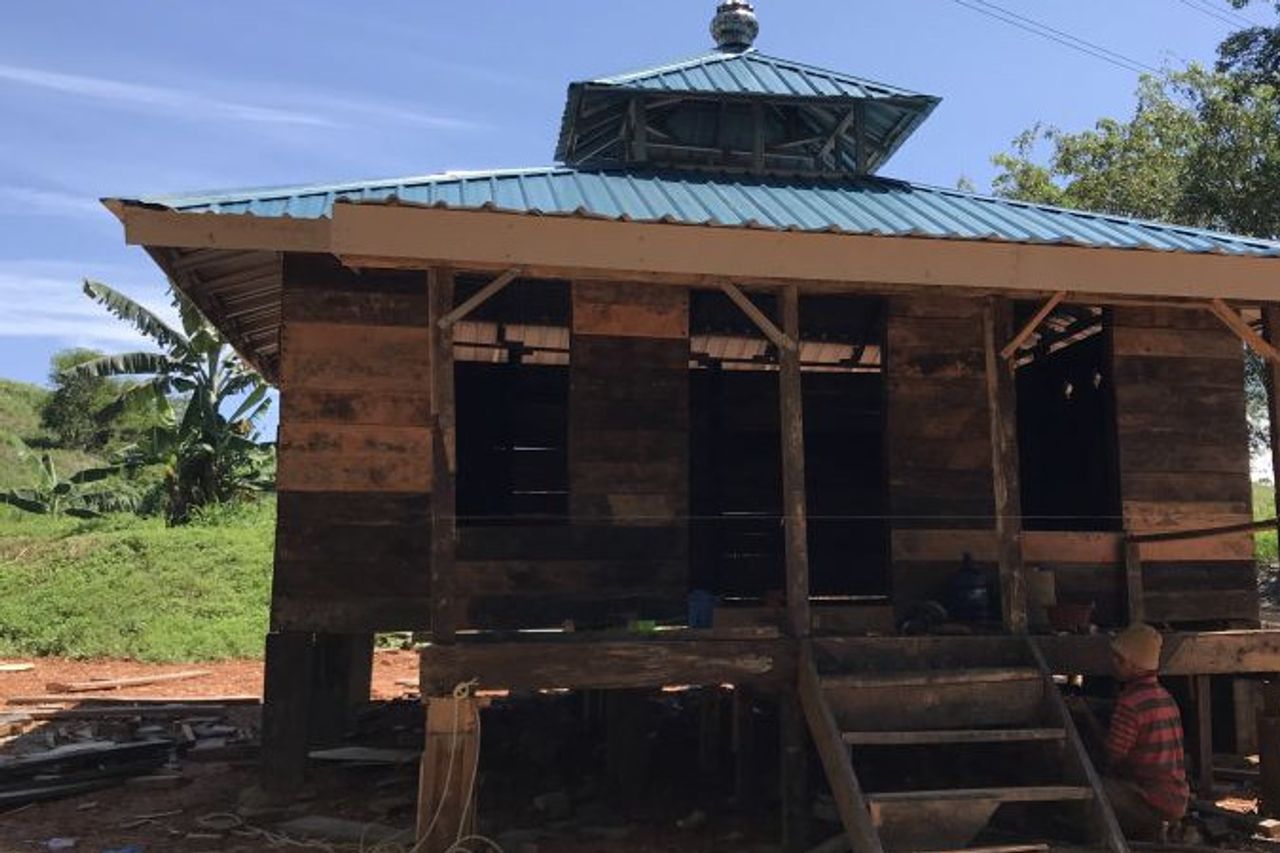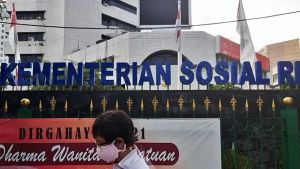Uniquely, The Musala From Plastic Waste Was Built At The Bungur Batam TPA

BATAM - The Batam City Environment Agency (DLH) utilizes household plastic waste for the manufacture of prayer rooms within the Punggur Final Disposal Site (TPA), Batam, Riau Islands.
"Until now it is still in process, it will be inaugurated in about two weeks. We still need a resilience test," said Batam City DLH Head Herman Rozi, Wednesday, May 24, quoted by Antara.
Rozi did not explain in detail the process of making the prayer room. What is certain is that, he continued, his party is still completing the construction of fences, windows and outside floors.
Meanwhile, one of the construction workers for the prayer room, Ahmad Afandi (61) explained, the construction of the prayer room had taken approximately two months.
The area of the Mushola building, he said, is 6 meters x 3 meters. Almost all parts of the prayer room use plastic waste, except for the roof using zinc.
SEE ALSO:
In the process, he said, plastic waste before it becomes in the form of a board, it is first relaxed using a hot temperature of 400 degrees Celsius. Then the melted plastic waste, directly into the board and beam-shaped printers, then dip into the tub filled with water so that the melted plastic immediately hardens.
To get a board with a length of two meters, 20 centimeters wide or cm, with a thickness of 4 cm, he said, it took 30 minutes until it could finally be used.
"To build a beam is also the same as a board, it takes 30 minutes too," he said.
He said he was happy with what DLH was doing. According to him, building from plastic waste is a government breakthrough that must continue to be boosted.
"If possible, all the buildings in Batam use this (tipage from plastic waste -red), so there is not much more garbage that accumulates. I think the results are also very sturdy," he said.


